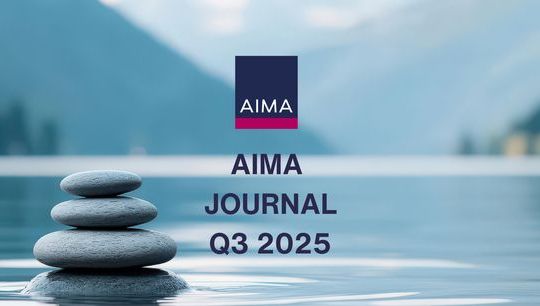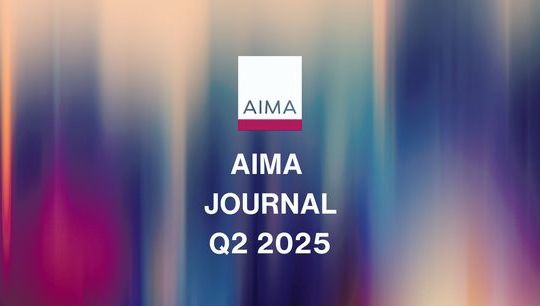If you were put in charge of all of the pensions in the world tomorrow, what is the first step you would take?
By Michael Oliver Weinberg, CFA, Senior Managing Director, Chief Investment Strategist, Protégé Partners
Published: 30 September 2015
It is not every day that one is asked a question that is so critical to the sustenance and well-being of such a material percentage of the developed world. Over the last century, it can be said that western society has evolved to incorporate the notion of a pension as an ideal. Just this past summer it was not inconceivable that Greece would leave the European Union. Why? At least partially because its politicians and society were extraordinarily averse to the prospect of Troika (the IMF, World Bank and European Central Bank) mandated pension cuts that were desired for it to receive funding to refinance its then imminently maturing debt.
Despite this western notion of a pension as an ideal, US corporations have en-masse frozen defined benefit plans (plans where beneficiaries are guaranteed payments in retirement), and are no longer allowing employees not already enrolled in them to participate. Instead corporations have replaced these defined benefit plans with defined contribution plans, i.e. 401ks, where it is incumbent upon beneficiaries to contribute voluntarily, and assume the rate-of-return on plan assets that is afforded by the markets.
Nonetheless, public pension plans, those administered by federal, state or local governments, are still prevalent. We believe this is one of many indicators that the western public still holds on to this notion of a pension, and fiscally secure retirement, as an ideal. That said, the flaw is that in the western world many pension plans are underfunded. The present value of their liabilities is in excess of the present value of their assets.
In addition, the assumptions needed to arrive at the funding status are often unrealistic and overly optimistic, i.e. assuming return rates that are in excess of the rates that are likely to be achieved. This gets us to the crux of the matter. If we were put in charge of all of the pensions in the world tomorrow, what is the first step we would take? Just as Dustin Hoffman was given a one-word piece of advice in The Graduate, though our one-word answer to a similar question would not be ‘Plastics’ as it was in the film, our answer would also be one word: ‘Alternatives’.
I teach a course at Columbia Business School with the verbose title, Institutional Investing: Alternative Assets in Pension Plans. Before we answer the question of why alternatives, we will mention the historic funding composition of pension plans. Historically, pensions were invested in some combination of fixed income, bonds and equities, stocks, often entirely the former. Importantly over the past few decades, we believe more astute plans have incorporated alternatives.
Alternatives generally include hedge funds, private equity, venture capital, real estate, infrastructure, commodities and other non-equity/non-fixed income instruments. If we look at modern portfolio theory, one of the primary concepts is the efficient frontier. The concept behind the efficient frontier is to choose a level of risk and maximise return or alternatively (pun intended), choose a level of return and minimise risk.
Different asset classes have different attributes, i.e. return and risk parameters. The more asset classes a pension adds to its opportunity set, the greater the possibility or probability of pushing out the efficient frontier, i.e. achieving more return for the same risk, or the same return with less risk. The next question to ask is why alternatives are attractive. The answer to that is alternatives returns aim to be reliant on alphas (returns in excess of beta or the market return) and returns that are not reliant on traditional equities or fixed income.
In traditional equity or fixed income investing, whether one is active, i.e. trying to beat the benchmark, or passive, i.e. trying to match the return of the benchmark and minimise fees, one is reliant on markets achieving positive returns over time. Though the markets may achieve positive returns over the very long term, i.e. a century, there may be decades where markets do not achieve positive returns. For example, the Japanese stock market, the Nikkei, peaked at 38,916 in 1989. On 8 September 2015, the index closed at 17,427. It is down more than 50% over the most recent quarter-of-a-century period. The S&P 500, the predominant US and global benchmark, was flat on a price basis point-to-point for over 13 years from the turn of the twentieth century in 2000 to 2013. [1]
If a pension was reliant on these markets going up over these periods, the pension would have flat or negative returns. The advantage of alternative assets is that they may derive their returns from factors other than rising markets. For example, equity market-neutral hedge funds may simultaneously long and short stocks with no net market exposure, deriving returns from the spread, i.e. that the longs will go up and the shorts will go down. This strategy can achieve positive returns despite a market that is flat (or even down) over many years.
This same strategy may be employed with corporate bonds, and is called credit long/short. Similarly one could apply this strategy to real estate securities, such as REITs. Commodities are another asset class a similar strategy might be applied to. We will save a discussion on infrastructure, private equity and venture capital for a different article, but suffice it to say, these asset classes are also reliant on different return drivers than traditional equity and fixed income markets, and similarly may expand a pension fund’s efficient frontier.
In the US, public pension plans have often been at the global forefront in acknowledging this proverbial ‘free lunch’ by adding alternatives to what was formerly a more traditional allocation. Corporate plans have also adopted alternatives, though to a lesser extent. There has been at least one example of a large, high profile US public pension plan that very publicly abandoned its hedge fund allocation, though kept the vast majority of its alternative allocation, including its private equity and real estate. Though scalability and fees were cited as the rationale for the de-allocation, based on our experience and due diligence we do not believe that to have been the case.
In summary, we believe pensions should incorporate alternatives to best meet their liabilities to beneficiaries. Alternatives may allow pensions to expand their efficient frontier and achieve the proverbial free lunch, namely the same return with less risk, or more return with the same risk. This is why when we are asked if we were put in charge of all of the pensions in the world tomorrow, what is the first step we would take? ‘Alternatives’.
Footnote
[1] Nikkei and S&P 500 prices based on Bloomberg.









